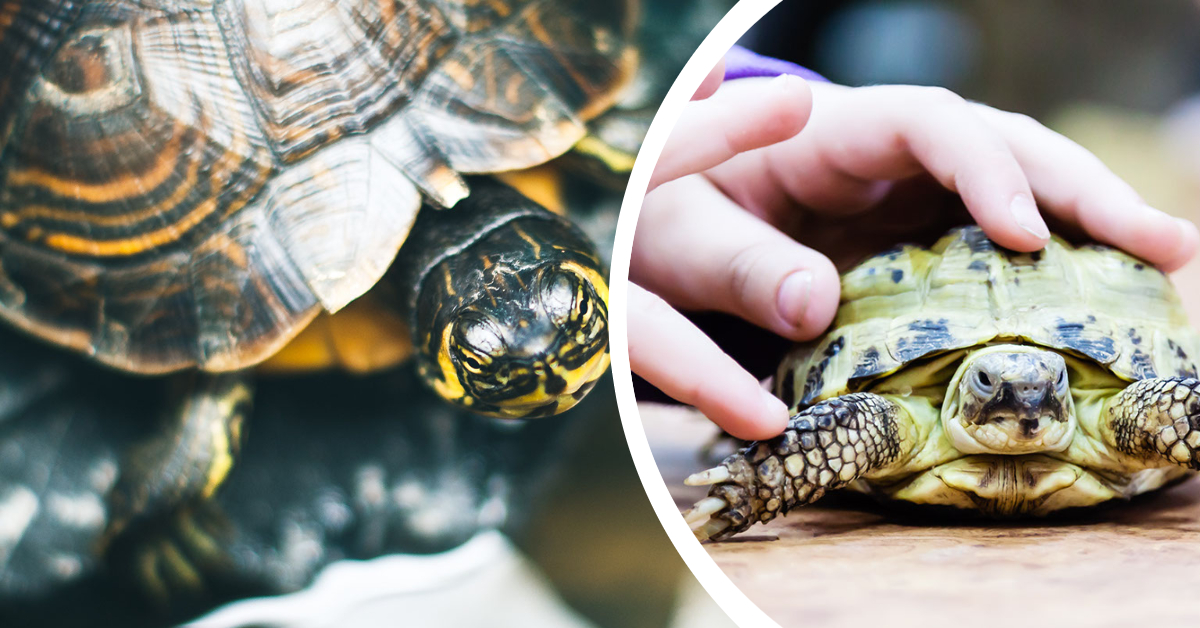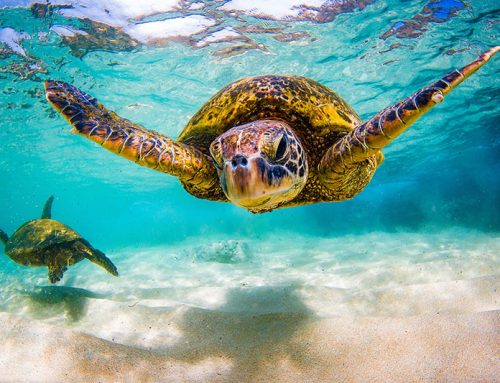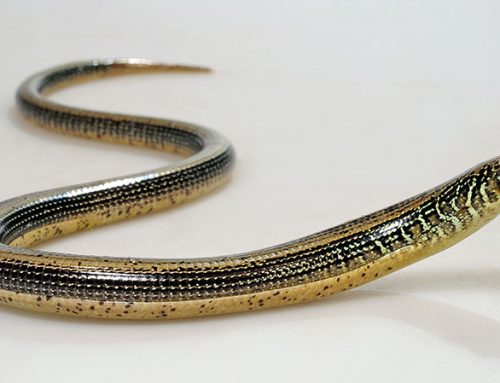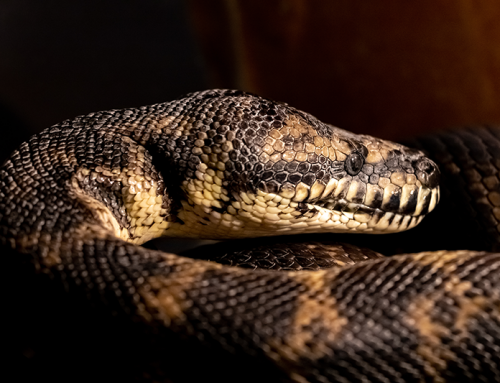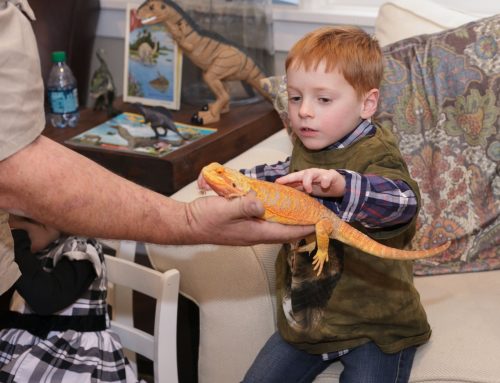The Difference Between Tortoises and Turtles
Did you know that there are over 300 species of both turtles and tortoises in the world? Many people get these two species mixed up. Both tortoises and turtles are from the order of the Testudines, they are both reptiles but there are major difference between the two of them.
There have been multiple cases in the past where members of the public thought they were rescuing what they believed to be a stranded turtle by throwing it back into the water, when, in fact, it was actually a tortoise, which can’t swim. (Tortoises can hold their breaths for a very long time, so the sunken tortoises may have crawled along the waterbed back to shore.) This is one of the reasons why it’s important to know and understand the differences between them.
Before we talk about the differences, let’s first note that they are related. Tortoises are, in fact, turtles. They’re classified as Testudines, which means they have a body that’s protected by a shell. However, not all turtles are tortoises.
Physical Appearances
A tortoise shell looks like a thick, round dome, which is great for camouflage on land. A turtle shell is thinner, flatter and designed better for swimming in the water. Because their shells are designed differently, tortoises can’t pull their legs and head into their shells all the way, like a turtle can.
Tortoises tend to look more prehistoric, with thick front legs, stubby-clawed toes and hind legs that might remind you of an elephant. They’re large and heavy. Turtles, on the other hand, have webbed legs resembling flippers to help them navigate the water with ease.
Where Do Tortoises and Turtles Live?
Tortoises will spend most of their lives on land, while turtles spend most of their time in the water. This isn’t to say that tortoises won’t get in the water, but smaller ones will float along until they reach some land. There are even some species of tortoises that can swim, but not very well. If you consider the weight of these creatures, you can see why it would be easy for them to sink! But don’t worry if a larger species of tortoise ends up over their heads they can actually hold their breath for a long time, giving them the chance to climb out again.
Reptile Shows of New England – A Star Attraction
One of our special guests at Reptile Shows of New England is a Russian tortoise. They are a threatened species, due to the activities of humans in their original habitat. Russian tortoises have hard shells to protect them from predators, though they’re not exceptionally big in size. They can live to be 50 to 80 years years old! You can see one up close when you book a live show with us.
Breaking News: Two-Headed Turtle Discovery
In recent news, a two-headed, diamondback terrapin turtle was hatched in Massachusetts. Having two skulls is referred to as bicephaly, a condition that is usually painful. This turtle, however, seems to be happy and healthy, and doing just fine! It was hatched at a Massachusetts wildlife center where veterinarians are closely watching its condition.
The turtle has two independent heads, moving separately from each other, poking out of the same shell. The turtle is six-legged, with each head controlling its own set of three legs. Scientists have taken x-rays that reveal two separate gastrointestinal tracts and a partially shared spine. The turtle has been taken to Barnstable, Massachusetts, which has a special terrapin program, so it can be protected. The pair of turtles was given the nickname Mary-Kate and Ashley, though their sex hasn’t yet been determined. Right now, they weigh nine grams. They’ll be closely monitored to ensure they have a good quality of life.
We showcase all of our reptiles in the safest and most educational environment as possible. Our team of reptile experts will provide you, your guests, and or students with a full hands on experience that is second to none. Reptile Shows of New England is insured and does not feature venomous snakes, alligators, or crocodiles at any of our shows. Please use our online show booking system when booking your next event by clicking here. We look forward to seeing you at our next show.
Keep checking back to get more fascinating facts about various reptiles and more information about Reptile Shows of New England. We host birthday parties and other special events, from New York to New England. Click here to book your next special event!

